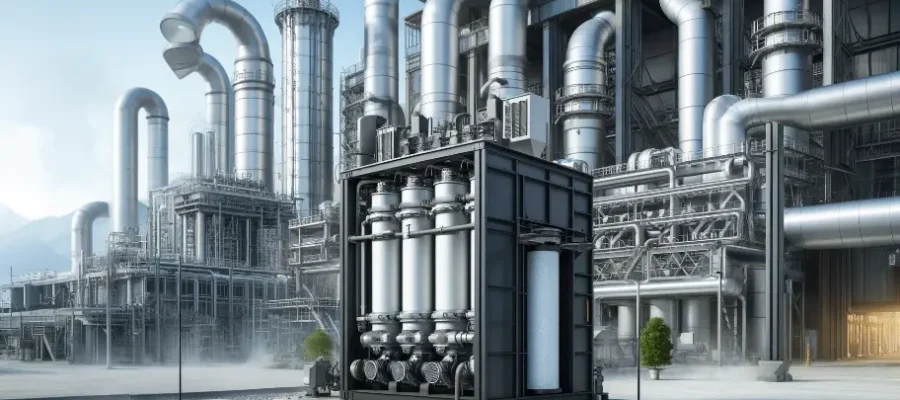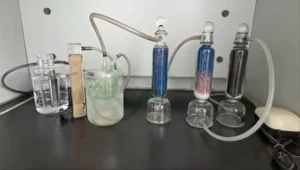Aluminum refineries produce various gaseous pollutants during smelting and refining processes, posing risks to the environment and health. Among effective methods to reduce these emissions, activated carbon adsorption stands out as a versatile and efficient technology. This article delves into the technical aspects of using activated carbon to treat exhaust gases from aluminum refineries.
Table of Contents
- Understanding Activated Carbon Adsorption
- Selecting the Right Activated Carbon
- Designing the Adsorption System
- Operational Parameters
- Challenges and Future Developments
Understanding Activated Carbon Adsorption
Activated carbon has a high specific surface area and porosity, making it an excellent adsorbent. Its surface contains numerous micropores capable of capturing and retaining gaseous pollutants through a physical adsorption mechanism.
Selecting the Right Activated Carbon
Choosing the appropriate activated carbon is crucial for effective adsorption. Factors such as pore size distribution, specific surface area, and the nature of the pollutants in the exhaust gas must be considered. For aluminum refinery emissions, high-surface-area activated carbon with customized pore structures is usually preferred to capture volatile organic compounds (VOCs), hydrocarbons, and particulate matter. Normally factories used pellet activated carbon and honeycomb activated carbon for VOCs treatment.
Designing the Adsorption System
Designing an activated carbon adsorption system for aluminum refinery exhaust treatment involves several key considerations:
Adsorption Vessels
Selecting appropriate vessels with sufficient volume to house the activated carbon while allowing optimal contact between the gas flow and the adsorbent.
Gas Flow Rate and Contact Time
Determining the gas flow rate and residence time within the adsorption vessel to ensure effective pollutant adsorption onto the activated carbon.
Temperature and Humidity Control
Monitoring and controlling the temperature and humidity levels within the adsorption unit to optimize adsorption efficiency.
Operational Parameters
Maintaining optimal operational conditions is essential to maximize the adsorption efficiency and lifespan of the activated carbon:
Regeneration Techniques
Developing regeneration strategies to restore the adsorption capacity of spent activated carbon. Common techniques include thermal desorption, steam regeneration, or solvent extraction.
Monitoring and Analysis
Implementing continuous monitoring systems to evaluate the performance of the adsorption unit, including breakthrough curves, adsorption capacity, and pollutant concentrations in the treated gas stream.
Challenges and Future Developments
Activated carbon adsorption is highly effective in gas treatment, making it a promising technology for reducing emissions from aluminum refineries. Its versatility, coupled with proper selection, design, and operational optimization, provides a viable and effective solution for minimizing environmental impact.
This technical reference article comprehensively overviews the application of activated carbon adsorption in treating exhaust gases from aluminum refineries. It offers an in-depth understanding of its mechanisms, design considerations, operational parameters, and future development directions.
Article keywords: activated carbon adsorption, aluminum refinery exhaust treatment, industrial gas treatment, VOC removal, air pollution control, environmental technology, emission reduction, gas adsorption systems




